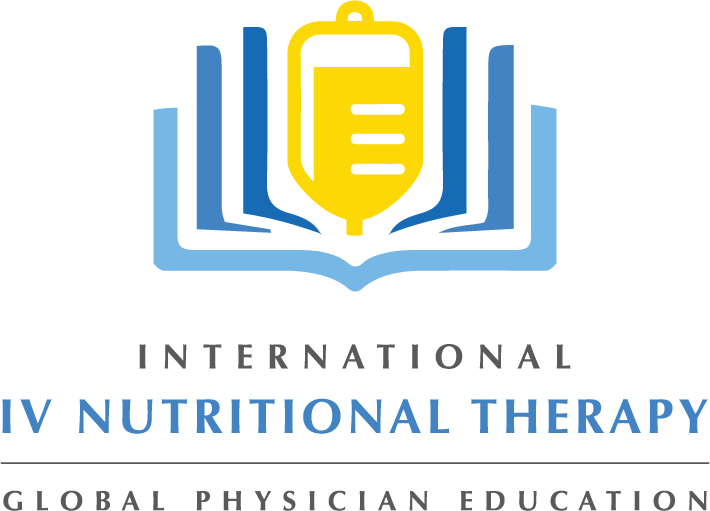Posted by Dr Dan Carter, 6 May 2017
An April 2017 article in Cancer Cell adds further support for the use of IV Ascorbate to improve responses to conventional oncology treatments. Key points include:
- O2⋅− and H2O2 increase labile iron causing cancer cell-selective ascorbate toxicity
- Therapeutic levels of ascorbate are achievable and well tolerated in GBM and NSCLC
- Cancer cell oxidative metabolism can be targeted with ascorbate for cancer therapy
From the Summary
Pharmacological ascorbate has been proposed as a potential anti-cancer agent when combined with radiation and chemotherapy. The anti-cancer effects of ascorbate are hypothesized to involve the autoxidation of ascorbate leading to increased steady-state levels of H2O2; however, the mechanism(s) for cancer cell-selective toxicity remain unknown. The current study shows that alterations in cancer cell mitochondrial oxidative metabolism resulting in increased levels of O2⋅− and H2O2 are capable of disrupting intracellular iron metabolism, thereby selectively sensitizing non-small-cell lung cancer (NSCLC) and glioblastoma (GBM) cells to ascorbate through pro-oxidant chemistry involving redox-active labile iron and H2O2. In addition, preclinical studies and clinical trials demonstrate the feasibility, selective toxicity, tolerability, and potential efficacy of pharmacological ascorbate in GBM and NSCLC therapy.
Significance of Findings
Despite advances in treatment strategies, 5-year overall survival in NSCLC and GBM has not significantly increased over the last 20 years. Here, we demonstrate that pharmacological ascorbate represents an easily implementable and non-toxic agent that may increase treatment efficacy when combined with standard-of-care radio-chemotherapy in NSCLC and GBM. Furthermore, the mechanism by which ascorbate is selectively toxic to cancer cells versus normal cells is shown to involve alterations in redox-active iron metabolism mediated by mitochondrial O2⋅− and H2O2. As fundamental defects in oxidative metabolism leading to increased steady-state levels of O2⋅− and H2O2 emerge as targetable hallmarks of cancer cells, the current findings support a generalized mechanism for the application of pharmacological ascorbate in cancer therapy.
Schoenfeld JD, et al. O2⋅− and H2O2-Mediated Disruption of Fe Metabolism Causes the Differential Susceptibility of NSCLC and GBM Cancer Cells to Pharmacological Ascorbate. Cancer Cell. 2017 Apr 10;31(4):487-500.e8. doi: 10.1016/j.ccell.2017.02.018. Epub 2017 Mar 30. PMID: 28366679


